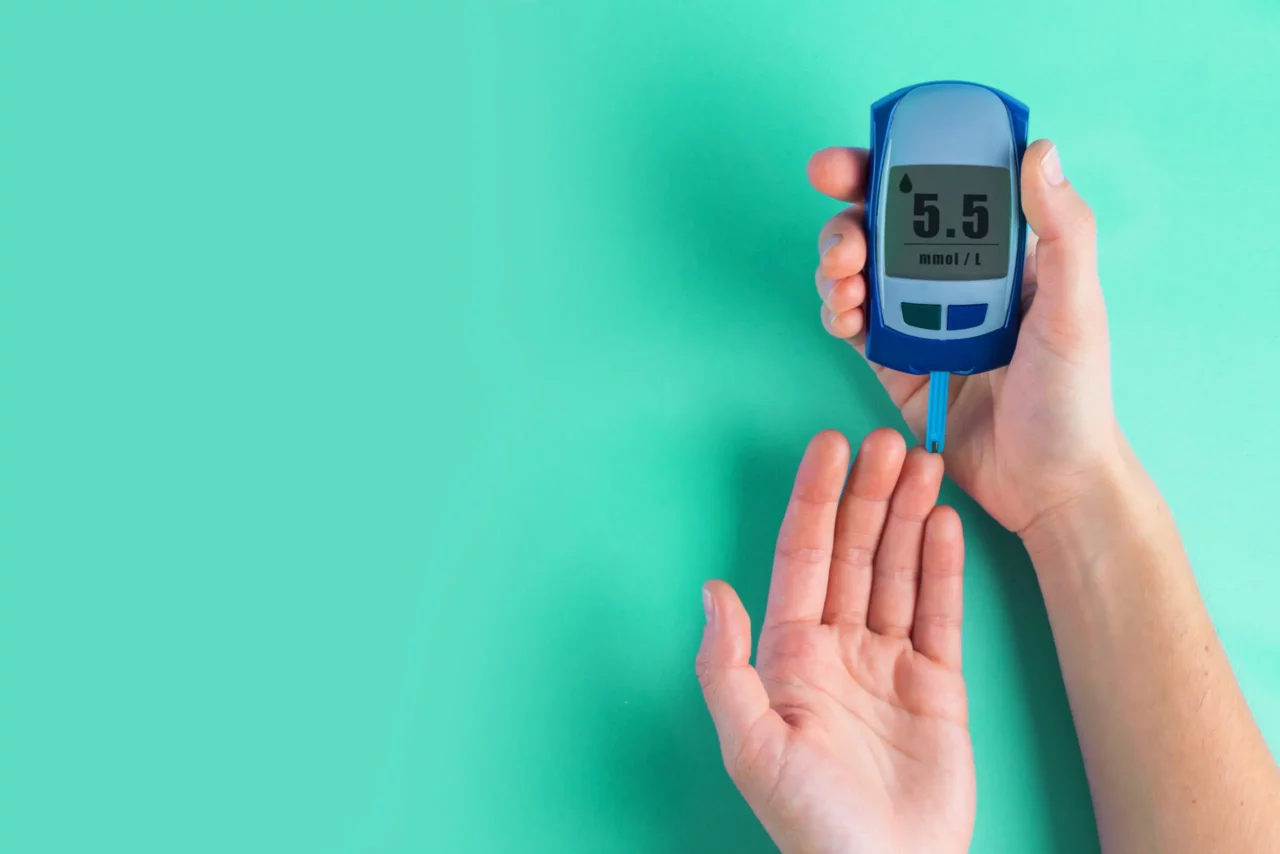Hypoglycemia is a condition that occurs in people with diabetes on certain anti-diabetic medications including insulin causing the level of sugar or glucose in the blood to drop. Symptoms of hypoglycemia include hunger, trembling, heart racing, nausea, and sweating. Severe hypoglycemia can cause a person to go into coma and can be life-threatening.
The antidiabetic medications that are known to cause hypoglycemia are insulin, meglitinides, sulfonylureas. The lower limit of the normal fasting plasma glucose value is typically 70 mg/dL (3.9 mmol/L). When there is not enough glucose, or sugar, in the blood, hypoglycemia symptoms may occur. The goal of hypoglycemia treatment is to reverse it by raising the blood glucose levels to a normal concentration.

There can be several causes that precipitate hypoglycemia along with these medications such as erratic or missed meals, low carbohydrate content in the meals, alcohol consumption, chronic kidney disease and old age.
According to the American diabetes association (ADA), the severity of hypoglycemia can be categorized as follows:
- Severe hypoglycemia is defined as an event that requires the active assistance of other people to administer carbohydrate, glucagon, or other resuscitative actions
- Documented symptomatic hypoglycemia – The event with symptoms of hypoglycemia accompanied by glucose measurement of ≤70 mg/dL (3.9 mmol/L)
- Asymptomatic hypoglycemia – This is when there are no typical symptoms of hypoglycemia during an event but the measured glucose level ≤70 mg/dL (3.9 mmol/L)
- Pseudohypoglycemia – There are typical symptoms of hypoglycemia during an event, but the measured glucose level is >70 mg/dL (3.9 mmol/L). This happens in patients with chronically poorly controlled diabetes.
If you have suffered from hypoglycemia here are a few strategies to help you prevent future episodes:
- Talk to your doctor on how to adjust the medications, meal plan, exercise based on your glucose patterns
- Self-monitoring of your blood glucose (SMBG) is critical. Glycemic patterns need to be identified by self-monitoring of blood glucose levels periodically before and two to three hours after each meal, bedtime, in the middle of the night, and before and after exercise
- Educate a close associate, spouse or family members on how to treat developing hypoglycemia with oral carbohydrate or glucagon
- Always carry fast-acting carbohydrates with you. These are quick sources of sugar such as soda, juice, raisins, hard candies and glucose tablets
- Exercise increases glucose utilization by muscle and can cause hypoglycemia taking these medications. Checking the blood sugar levels before excericse, interspersing brief episodes of intense exercise.



